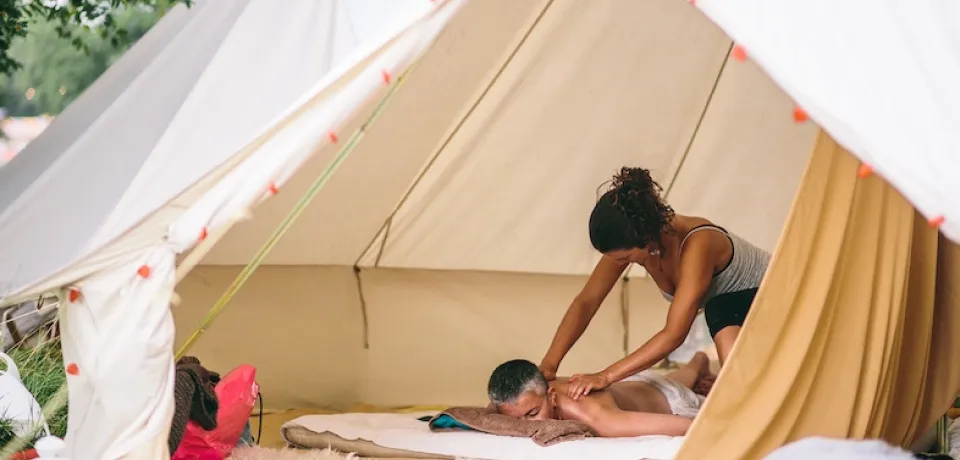Massage is a treatment that uses different kinds of physical contact to relax, revive and heal the body. It is used to treat a wide range of emotional and physical health problems and is one of the most popular treatments on a spa menu.
Massage is the stroking, kneading, warming, rolling and pressing of skin and muscles.
There are lots of different kinds of massage, each with broadly different origins and aims - some focus on soothing muscle pain; others on increasing energy levels; some aim to improve a specific physical condition; others simply to help you relax.
Massage makes you feel good in lots of ways, and can have a positive effect on your whole body - your bones, your muscles, your heart, your skin, your breathing, digestion, and your mental health.
Massage works in various ways:
It's instinctive to give someone a hug or a pat on the back to comfort or reassure them; in some ways, massage is a formal version of that instinct.

In its various forms, theraputic massage can help to cure and relieve a wide range of complaints. Research shows that it is particularly good at relieving stress-related problems, from anxiety and panic attacks, through to asthma, constipation and high blood pressure. It is effective at providing pain relief - treating chronic pain, back pain and even arthritis. It is also being used more and more with stroke and cancer patients and with people with dementia.
Massage encourages blood flow, which increases the amount of oxygen and nutrients that reach your organs and tissues. Whilst massage encourages your body to circulate the "good stuff"; it also encourages it to get rid of the "bad stuff" - waste products, toxins, carbon dioxide, and excess water. Stimulating the nervous system and improving the lymphatic system will also boost the immune system.
It can be used to treat specific physical injuries or difficulties, and to help with rehabilitation after someone has had a sports injury. It can also help prevent further muscle or tissue damage and improve an athlete's range of motion.
One of the greatest effects of most complementary massages is that it can make you feel much better about yourself, more relaxed in your own skin, calm and peaceful.
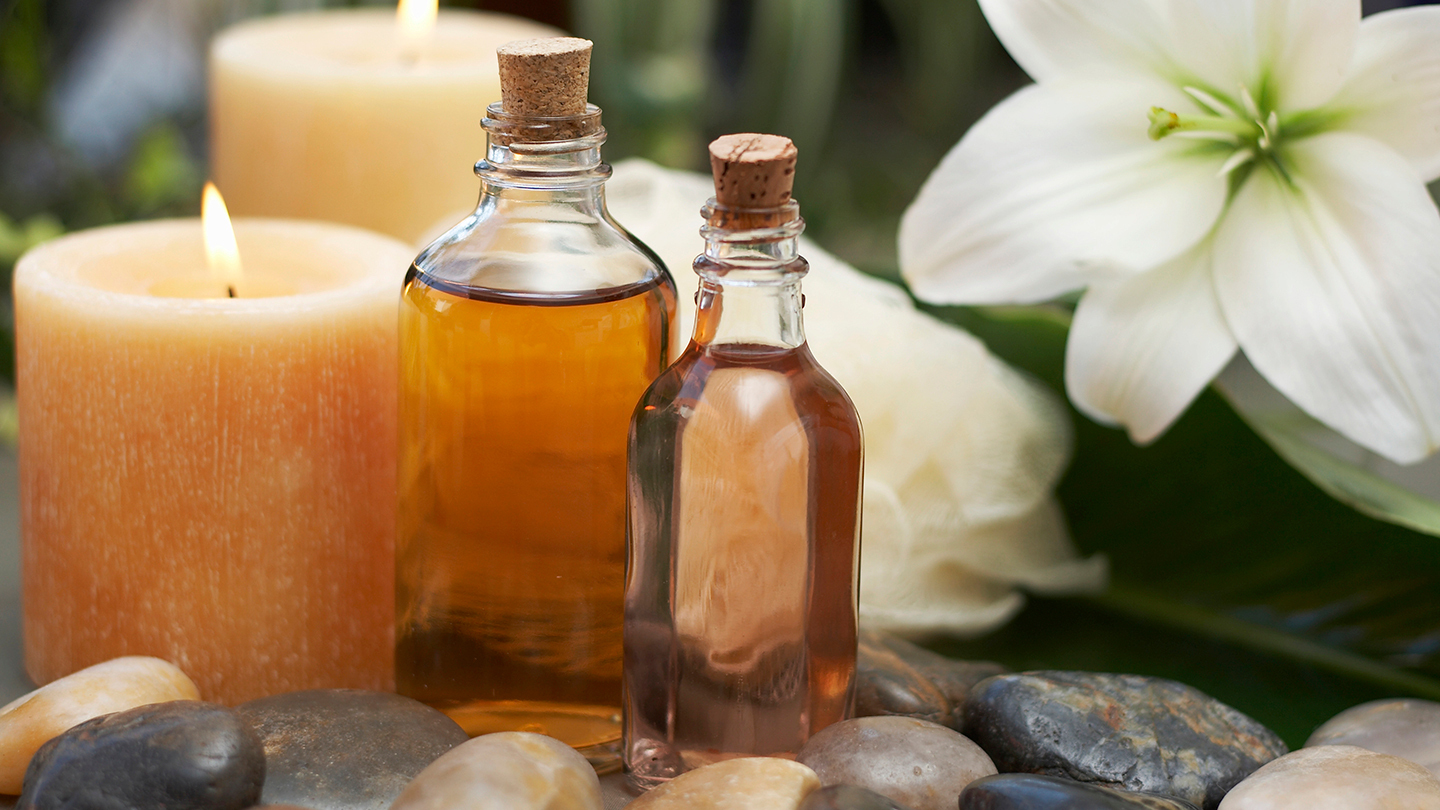
Massages vary, and you'll have to bear different things in mind depending on what kind you're having. However, generally speaking you should wear loose-fitting clothes - you can keep your clothes on for some forms of massage; for others, you will take them off, or just wear a towel.
Before any massage treatment, avoid large meals or alcohol. It's also a good idea to drink plenty of water, which will help your body to flush the toxins out of your body.
You should always tell your therapist in advance if you:
as this may affect the kind of oil and treatment you receive.
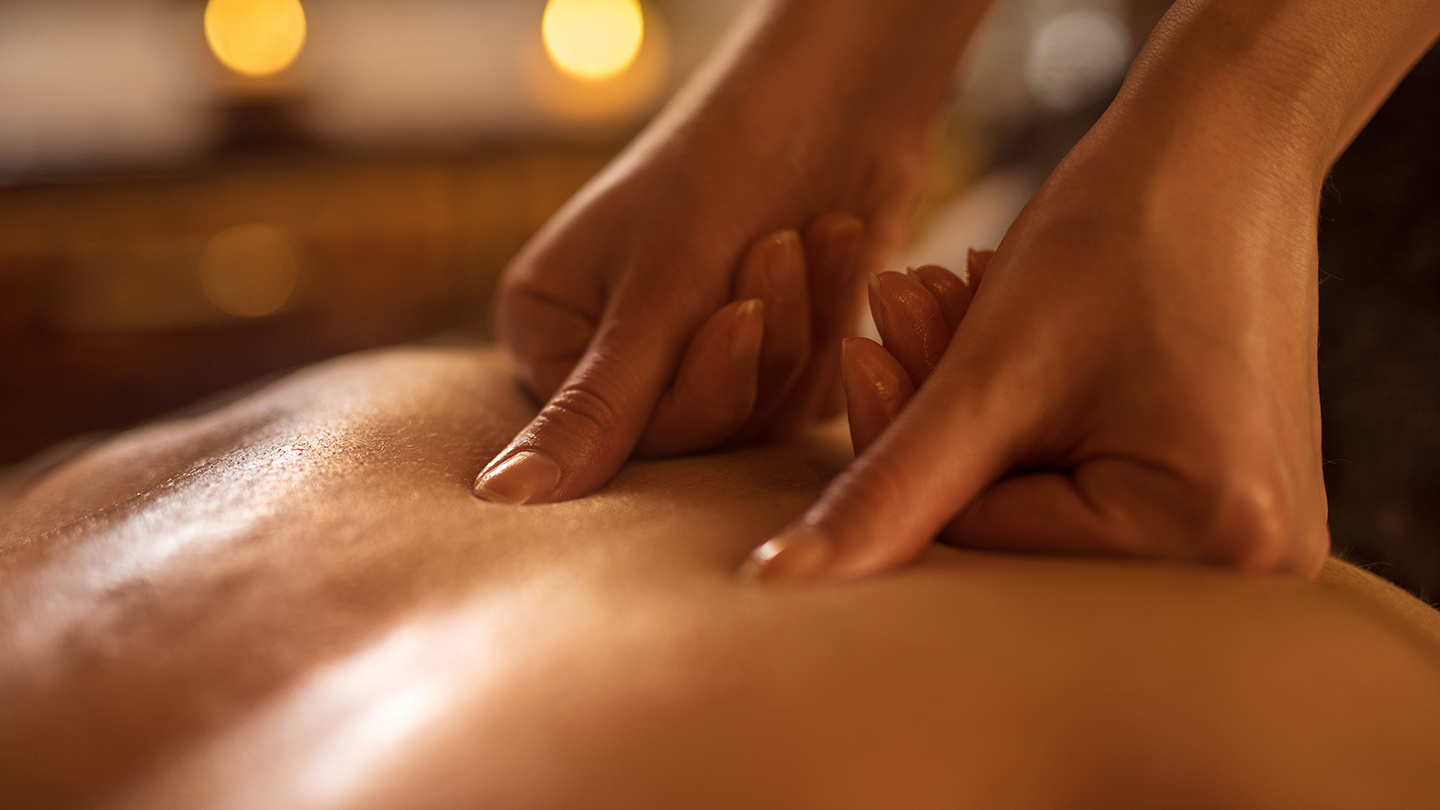
Whatever kind of massage you are having, the masseur should ask you some basic questions about your medical history, lifestyle and general health.
Massages usually take place on a massage table or bed in a private area. Massage therapists will massage you with their bare hands, and possibly with their feet or elbows as well. They may use some massage oil to make it easier to glide their hands across your skin. The strength of pressure will vary according to the massage-type and the parts of the body they are massaging.
The length of sessions varies. Treatments can last from half an hour to half a day, depending on what kind of massage you are having and what specific areas are being massaged. Whatever it is, make sure you allow yourself time to get ready and get settled, as well as time to wind down afterwards.
Get plenty of information in advance about the kind of products being used or any precautions they might need to take; for example, tell them if you are allergic to anything.
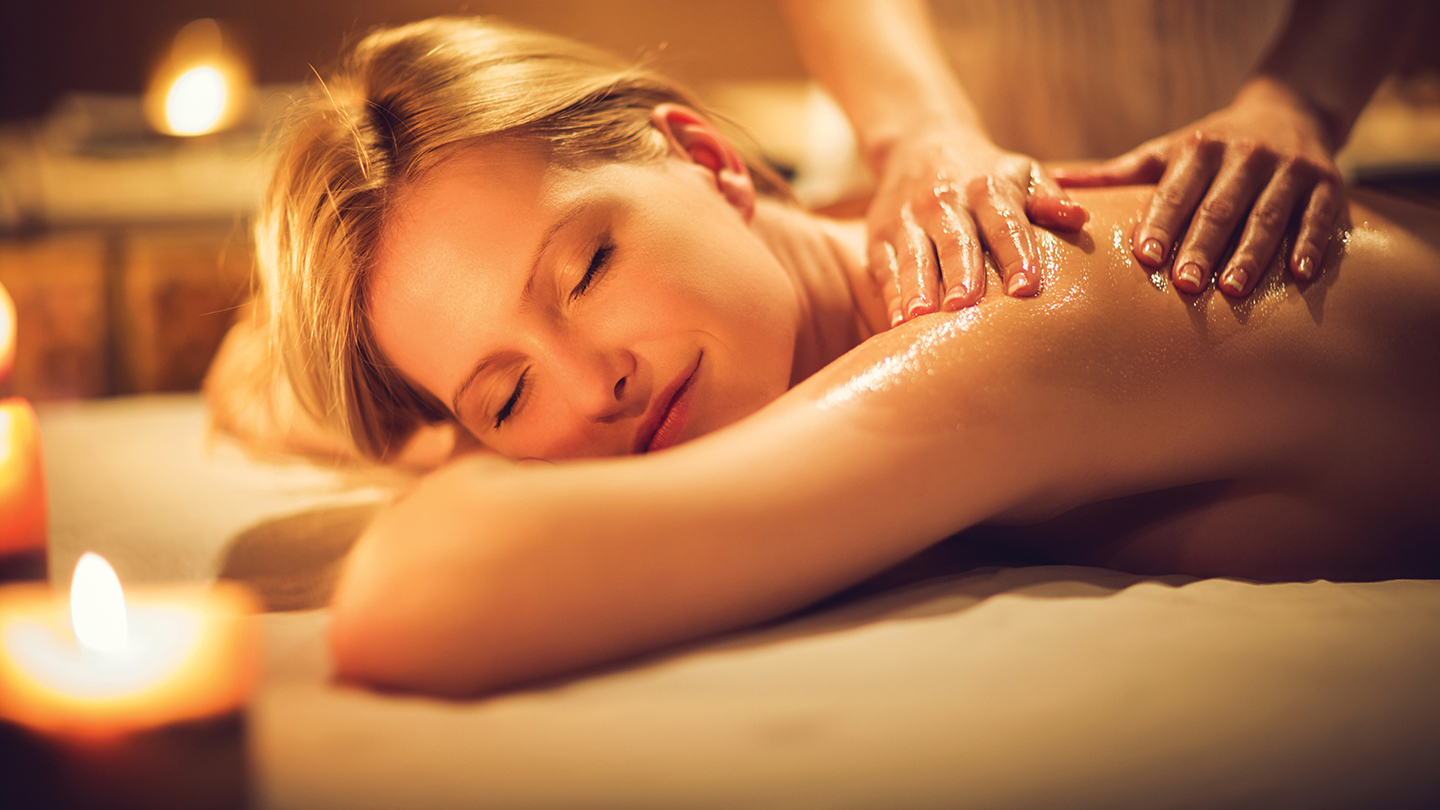
You can expect to feel relaxed and calm after a massage. After some, you may feel a little achey, after others so relaxed that you are a bit vague or sleepy. On the other hand, some massages will leave you feeling really energised.
Whatever it is, try to arrange to have your massage when you have a little time to enjoy its benefits. It may not be a good idea to plan an important presentation, host a children's party or take a three-hour drive up the M6 to visit your ex-husband immediately afterwards. Give yourself plenty of time to wind down. Think of it in the same way as you would a "cool down" after exercising; the massage will do you a lot more good if you do. A good spa will offer you a shower, and even a lie-down after your massage; don't waste the opportunity of extending your "me-time".
There are a huge amount of different massage treatments available:
This article was updated in November 2018
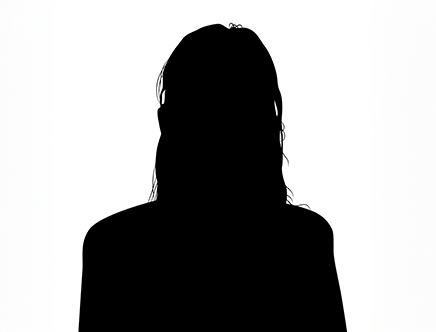
Summer Spy
6th May 2014
Spy Likes:
Warmth and sunshine; spas which take me away to another country; fruit infused waters; beach-worth pedicures; deep tissue massages.
Spy Dislikes:
High footfalls; treatments that over promise and under deliver; heavy lunches; loungers drapped in used towels.
